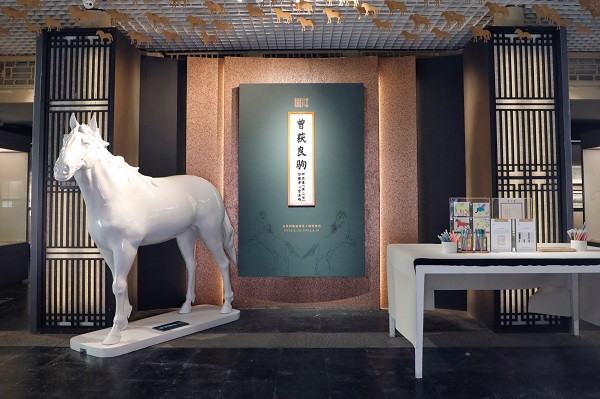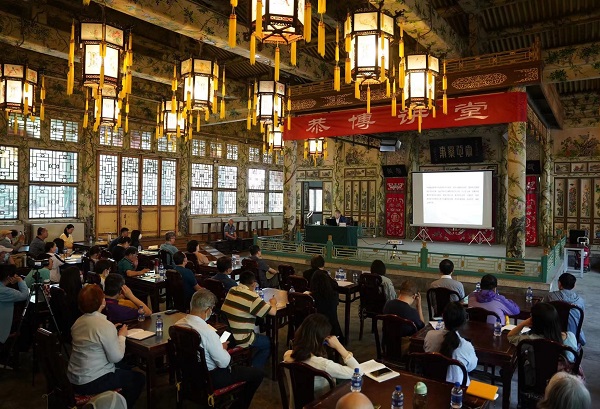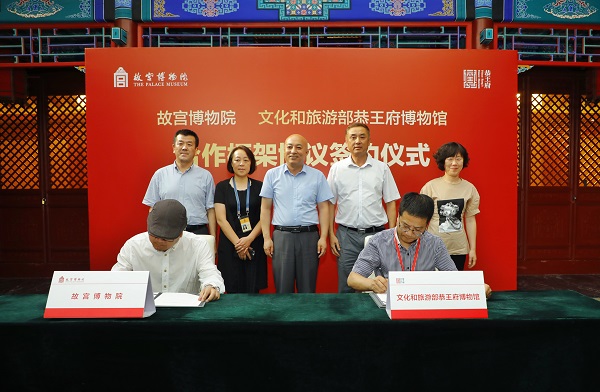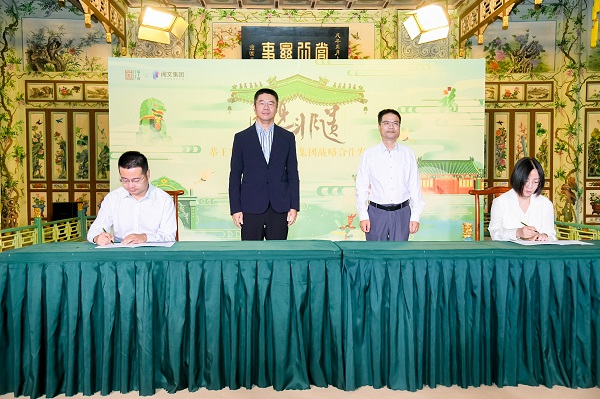
Building a “friend circle” for ancient architecture preservation through collaborative efforts
The remnants of ancient architecture convey historical messages, posing a challenge on how to best preserve and restore them to revive their historical charm. In recent years, Prince Kung’s Palace Museum has steadfastly prioritized the preservation and research of its ancient structures, gardens, and relics. The museum views historical and cultural research as pivotal, influencing the activities and the building-up of the academic strength of the museum.


This year has witnessed diverse historical and cultural research activities, including a research exhibition on Pu Xinyu’s paintings and drafts (second rotation) centered on Pu's horse-themed works, exploring his artistic achievements and personality conveyed through horses, as well as academic exchanges through such activities as the lecture on the history of “the Great Unity” and Qing Dynasty (1644-1911) in June, and the first symposium on the history and culture of princely residences in July. Publications compiling the museum’s academic accomplishments and a commemorative album marking its 40 years of development were released, showcasing the museum's previous accomplishments.
In celebration of its 40th anniversary, Prince Kung’s Palace Museum actively has participated in collaborative efforts for the exchange of experience and to facilitate cooperation in the preservation and restoration of heritage architecture. The museum is broadening its network by establishing a conservation alliance for princely residence sites, involving members responsible for supervising and managing such residences both in China and abroad. It is committed to regular and long-term exchanges and cooperation to enhance the preservation of heritage buildings, aiming to contribute to the collective efforts of sharing experience in the preservation, utilization, and research of ancient architectural sites.


In recent years, Prince Kung’s Palace Museum has dedicated itself to exploring innovative modes of collaboration. Having established strategic cooperation with such institutions as the Palace Museum, Artron Art Group, Tencent Weishi, China Literature, the China Soong Ching Ling Science and Culture Center for Young People, and Beijing News, Prince Kung’s Palace Museum continues to strengthen the activation and flexible utilization of the palace's history and culture. This effort aims at creating a new framework for preserving and passing down the quintessence of traditional Chinese culture.
Centered on the four dimensions of: the museum's security and collections' safety, the building-up of academic strength, the application of digital technologies, and public education services, the museum will take its 40th anniversary as a starting point to intensify efforts in contributing to the building of a modern civilization.